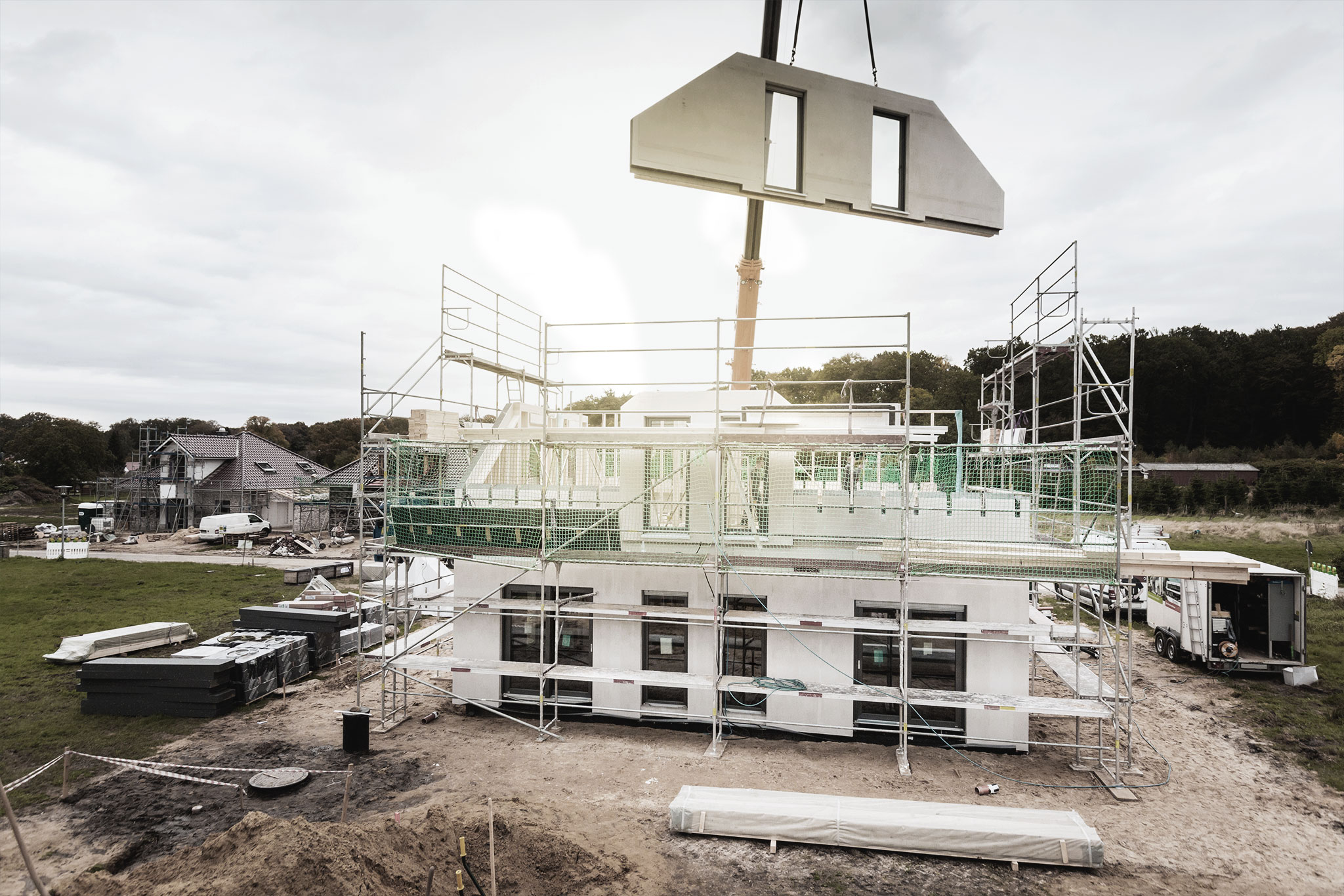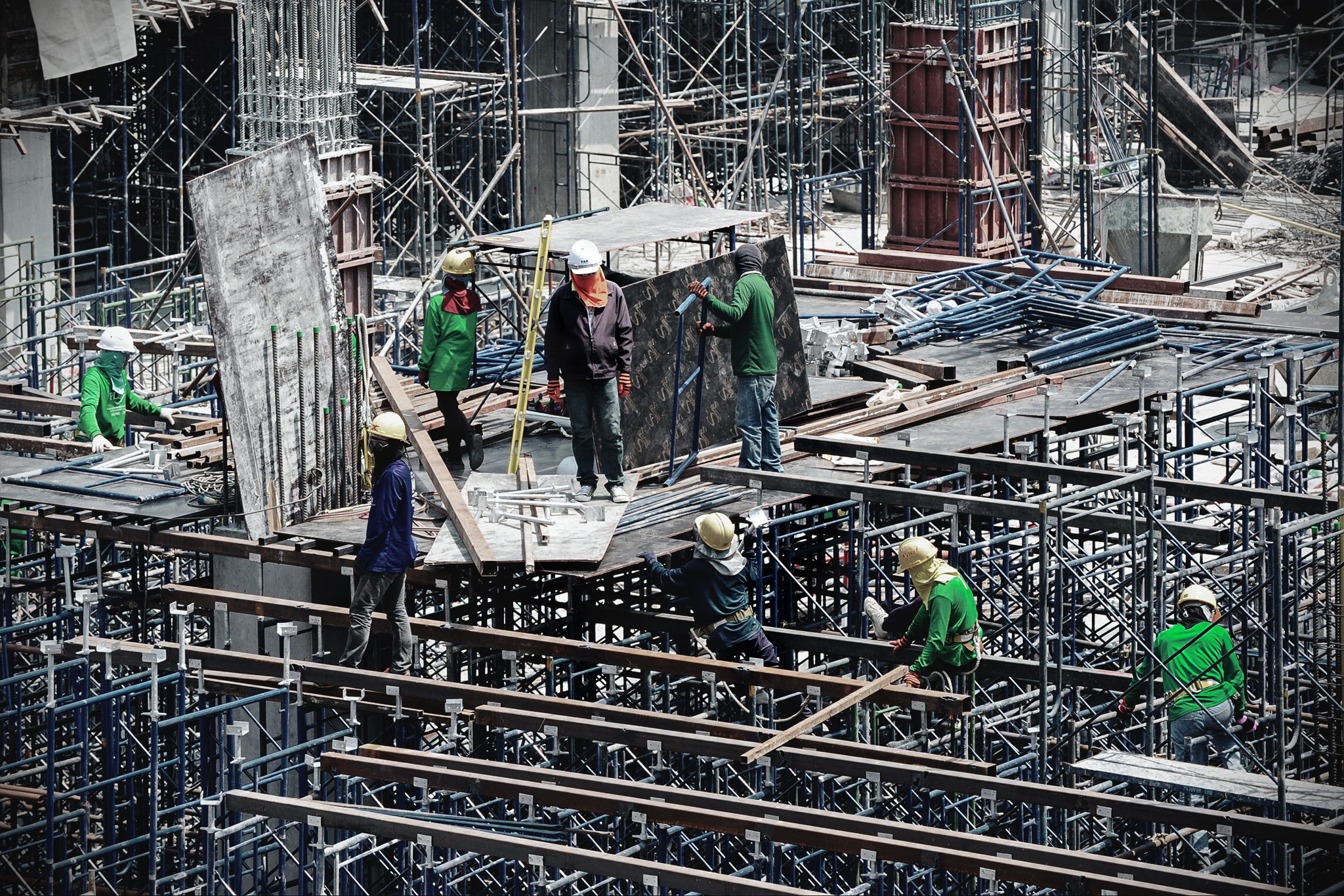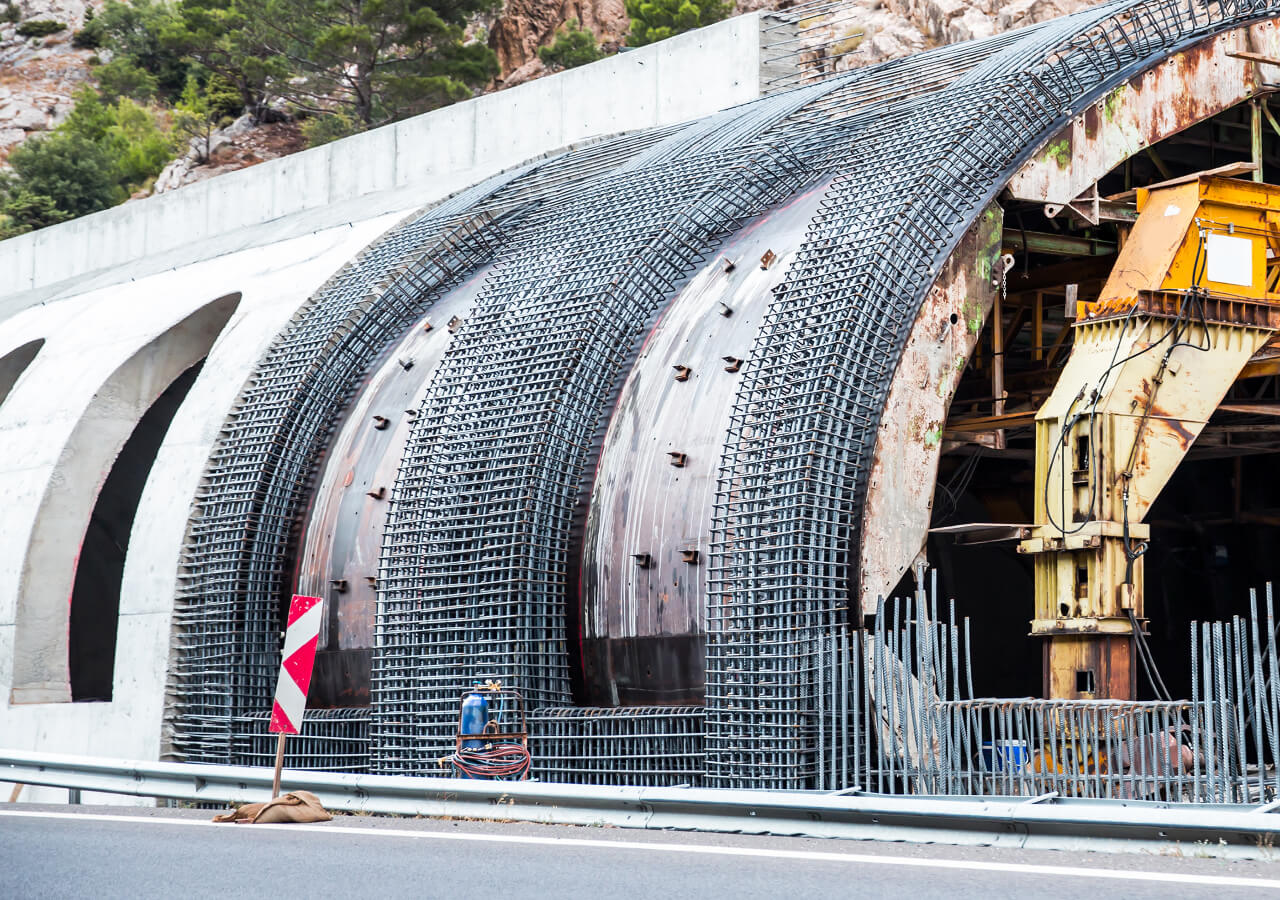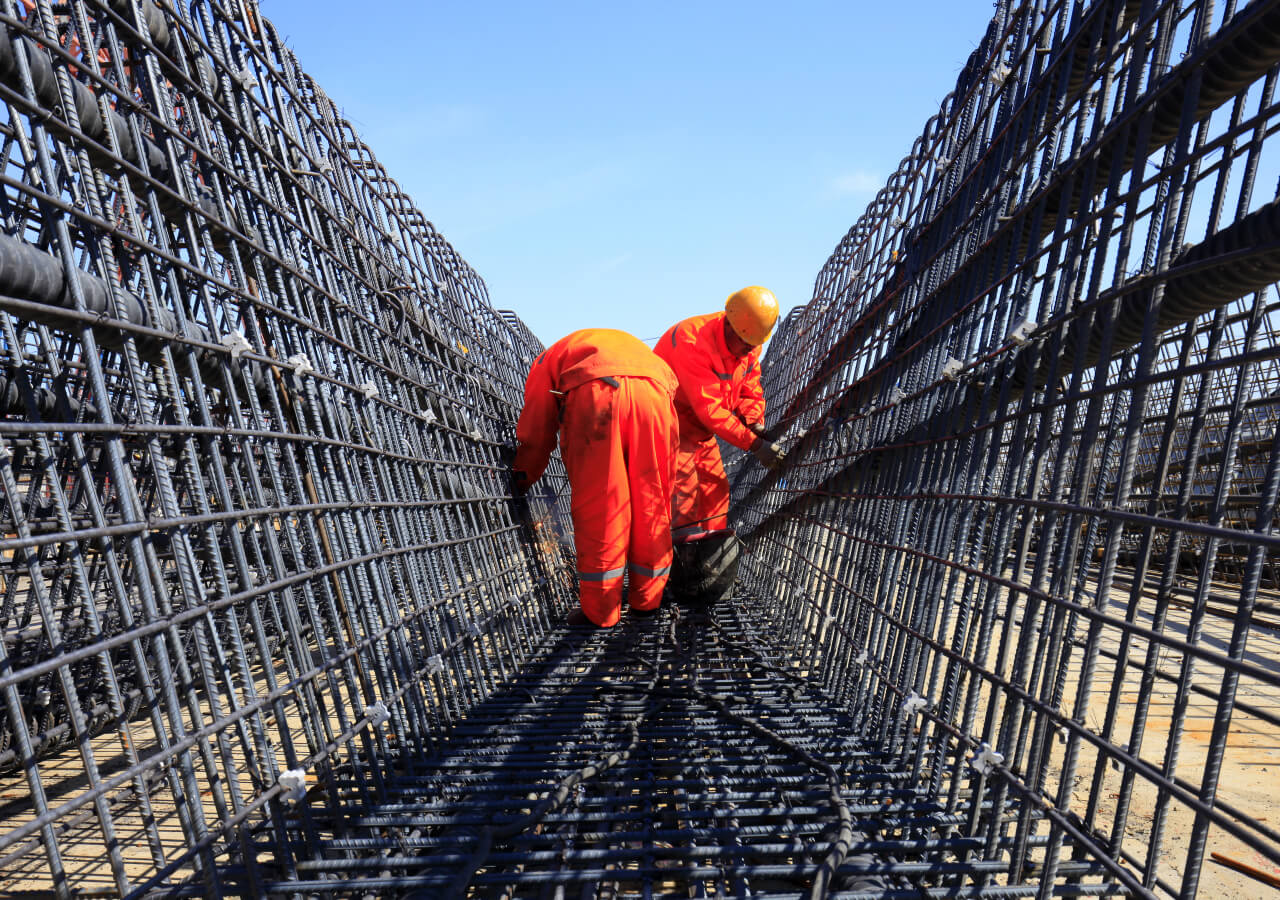Proin quis magna sed ipsum venenatis ultricies. Sed maximus at lacus ac egestas. Vestibulum porttitor nulla a metus bibendum, non laoreet sapien venenatis. In tempor pellentesque mauris a aliquet. Duis ac nibh auctor dui lacinia laoreet. Mauris posuere, massa vel vehicula luctus, neque ligula dapibus ante, a posuere elit lorem non nisi. Mauris sit amet leo vehicula enim iaculis ultricies id id mauris. Aliquam erat volutpat. Interdum et malesuada fames ac ante ipsum primis in faucibus. Sed non mollis nisl. Vestibulum id dui ac tortor finibus venenatis. Nullam pharetra interdum congue. Maecenas at imperdiet risus, non accumsan lorem. Nullam elementum mauris diam, vel iaculis erat tincidunt nec. Nunc porta maximus sem, ut faucibus augue tristique non.
Continue reading10 helpful tips for construction managers
10 helpful tips for construction managers
Finishing homework in school was always an achievement. Be it an hour before school started or a day before the holidays ended. Finishing a project is an achievement on its own. This feeling goes on till the end though. When it comes to a construction project, the feeling amplifies.
Architects, construction managers, or contractors are passionate people who work tirelessly to bring ambitious plans to reality and contribute to society in their own way.

However, this is a tough mission. Managing a team of so many people is a herculean task. Construction managers have to keep their eyes and ears open while being on their feet all day long to manage the crowd.
Project managers tell us that they spend 40% of their time on site day after day attending meetings, making phone calls, and writing reports. That can be extremely frustrating, especially when they have to rely on tools that aren’t tailored to the construction industry.
And, unfortunately, that’s not all. They always have to be in full alignment with their site manager to ensure that their project stays protected against commercial claims and that all non conformities are addressed on time so that there are no unpleasant surprises waiting during handovers.
This is also why there are many who think of construction managers as the uncrowned kings of the industry. They have to deal with so many burning issues at the same time, never lose sight of the planning, and more importantly, make the construction site a safe place for everyone who is working there.
Trends in prefabrication and modular construction
Trends in prefabrication and modular construction
Prefabrication and modular construction have gained prominence as powerful strategies for improving construction speed, quality, and sustainability. We’ll explore the latest trends and innovations in prefabrication and modular construction, with a focus on how these methods are driving efficiency and revolutionising the construction industry.

Architects, developers, and other construction professionals are increasingly turning to these innovative methods to enhance efficiency and overcome traditional challenges in their projects.
Prefabrication and modular construction involve assembling building components or entire building sections off-site in a controlled environment before shipping them to the jobsite for assembly. These methods streamline the construction process and offer advantages, including speed, efficiency, sustainability, and design flexibility.
Reducing Construction Risks by 70% with Effective Daily Reporting
Reducing Construction Risks by 70% with Effective Daily Reporting
Imagine a construction site, bustling with activity, where each day brings new challenges and accomplishments. In the midst of this dynamic environment, there’s a subtle yet powerful tool at play – daily reporting. This tool, often overlooked, holds the key to maintaining safety, tracking progress, and providing tangible proof in the face of delays.

The Value of Daily Reporting
Daily reporting in the construction industry serves as the heartbeat of a project. According to a study by the Construction Financial Management Association (CFMA), effective daily reporting practices can reduce project risks by up to 70%. This significant statistic underscores the critical role that daily reports play in not only maintaining the rhythm of a project but also in safeguarding its integrity.
Ensuring Safety and Accountability
For project managers, daily reports are a useful tool for maintaining site safety and managing project delays. These reports offer a real-time snapshot of on-site activities, allowing for quick responses to safety hazards. Furthermore, in the event of project delays, daily reports act as a documented history, providing clear evidence of progress and impediments. This level of documentation is crucial in justifying extensions and avoiding penalties related to delays.
Contractor: The role and duties
Contractor: The role and duties
In construction, a contractor is an organisation (or sometimes a person), hired by the client to carry out the work that is required for the completion of a project.
Nevertheless, contractors don’t always have the expertise or the trades that are needed for completing all construction work by themselves. For that reason, they are also in charge of appointing subcontractors who would be able to complete some parts of the project. Normally, there will be a significant number of subcontractors involved in a construction project.
It goes without saying that the role of a contractor has many different levels as they are responsible for a wide range of tasks and people. In this article, we try to shed some light on the various responsibilities that a contractor can have.

Contractors can serve a construction project from many different roles and positions. That of a general contractor (main contractor) is potentially the most influential of all.
A general contractor is responsible for a plethora of details in the course of a construction project. Finding the right people to get the job done is probably one of their most important missions. But it’s not the only thing they have to do.
Increase Project Productivity by 15% by Integrating Digital Tools
Increase Project Productivity by 15% by Integrating Digital Tools
Imagine a construction site, buzzing with activity, where every piece of machinery, every worker, and every phase of the project is in perfect harmony. This is not a distant dream but a tangible reality made possible through the integration of digital tools like Power BI, Teams, and MS Project. In this connected ecosystem, project managers navigate the complexities of construction with ease, turning challenges into opportunities for efficiency and excellence.

In the fast-paced world of construction, keeping track of numerous moving parts is crucial. Digital integration serves as the backbone of modern project management. According to McKinsey & Company, the use of digital tools in the construction industry can increase productivity by up to 15% and reduce project costs by up to 6%.
Integrating tools like Power BI into construction projects brings a sea of data to the fingertips of project managers. It allows for real-time tracking of progress, resource allocation, and budget management. Similarly, collaboration platforms like Microsoft Teams enhance communication among team members, breaking down silos that can hinder project progress.
The Role of MS Project
MS Project plays an essential role in planning the projects. It offers PM a comprehensive view of their timelines and resource management, enabling them to anticipate potential bottlenecks and adjust plans proactively.
Build a more efficient workforce with this labour planning strategy
Build a more efficient workforce with this labour planning strategy
Labour planning is a pivotal cornerstone of workforce management. Your labour planning strategy is what guides each project towards success by assigning the right tasks to the right workers and anticipating your future labour needs.
An effective labour planning strategy ensures efficient resource usage and safeguards project budgets, timelines, and quality standards. We’ll delve into the nuances of labour planning, exploring its strategies, significance, and best practices.

A solid labour planning strategy goes further than headcounts—it involves a comprehensive understanding of the project’s scope, intricacies, and timelines. Creating a strategic plan starts with a detailed view of the project requirements and the skill sets of different workers.
- Assess the skills of your workforce. The first step in conducting proper labour planning is evaluating the skills and competencies of your workforce – their experience, certifications, specialised training, etc.
When you understand the limitations and strengths of each worker, you can make more informed decisions when assigning tasks that align with their expertise to ensure high-quality work and efficiency. - Allocate tasks based on those skill sets. Once you have a detailed view of your worker’s skills, you can look at them alongside project requirements to determine who will work best where. Proper task allocation not only increases on-site productivity but also minimises errors, resulting in a smoother construction process.
- Align activities with timelines. The final aspect of creating a sound labour planning strategy is aligning your workforce availability with project timelines. With tight deadlines and schedules, you must ensure that the right number of workers with the right skill sets are available to achieve specific project milestones.
This alignment requires careful scheduling and coordination to prevent delays and bottlenecks. You can use digital construction software to track worker availability and project timelines to facilitate seamless coordination between the two.
New Trends in the Construction Industry, 2024 a year of Innovation.
New Trends in the Construction Industry, 2024 a year of Innovation.
The construction industry, a cornerstone of our global economy, is on the brink of a technological revolution. As we step into 2024, it’s crucial to recognise and adapt to the emerging trends that are reshaping this sector. From 3D concrete printing to exoskeletons, and the soaring use of drones, these innovations are practical solutions driving efficiency, safety, and sustainability in construction.

The advent of 3D Concrete Printing (3DCP) is a game-changer, changing how we approach building and infrastructure development. This technology streamlines the construction process, significantly cutting down time and labour costs. The precision and speed of 3D printing allow for the creation of complex structures with remarkable accuracy, ensuring faster construction times and optimal resource utilisation. The impact? A drastic reduction in delays and cost overruns, propelling the industry towards a more efficient and sustainable future.
The Digital Journey in Construction: From Pain Points to Progress
The Digital Journey in Construction: From Pain Points to Progress
Every journey begins with a single step. In the construction industry, this means understanding the challenges at hand and selecting the right digital tools to address them. Just as one learns to drive a small car before handling a Ferrari, construction professionals must gradually integrate digital solutions, ensuring a smooth transition and maximising benefits.

The digital landscape is ever-evolving. For construction professionals, this means continuous learning and adaptation. While the allure of new tools can be enticing, it’s essential to understand their implications, benefits, and integration challenges. By adopting a gradual approach to digital integration, professionals can ensure that they harness the full potential of these tools without feeling overwhelmed.
The future of construction is undeniably digital. With the right tools, strategies, and mindset, professionals can navigate this landscape with confidence, driving efficiency, innovation, and success in every project.









